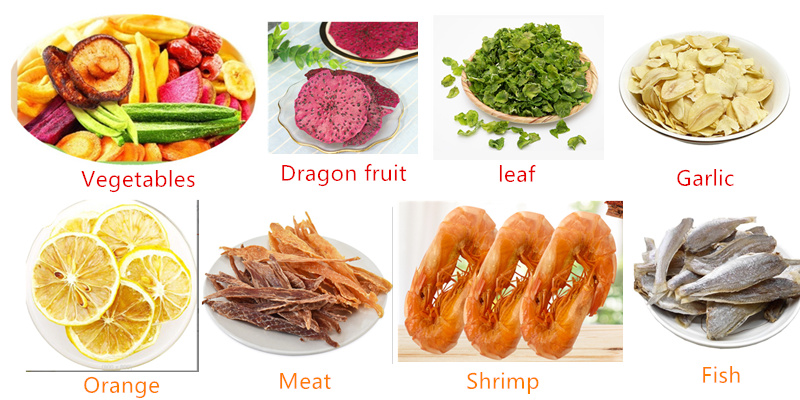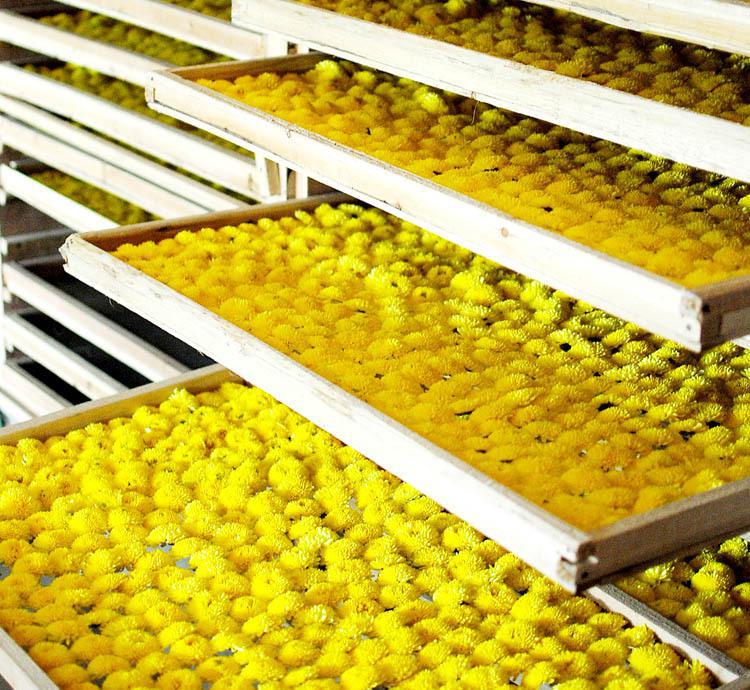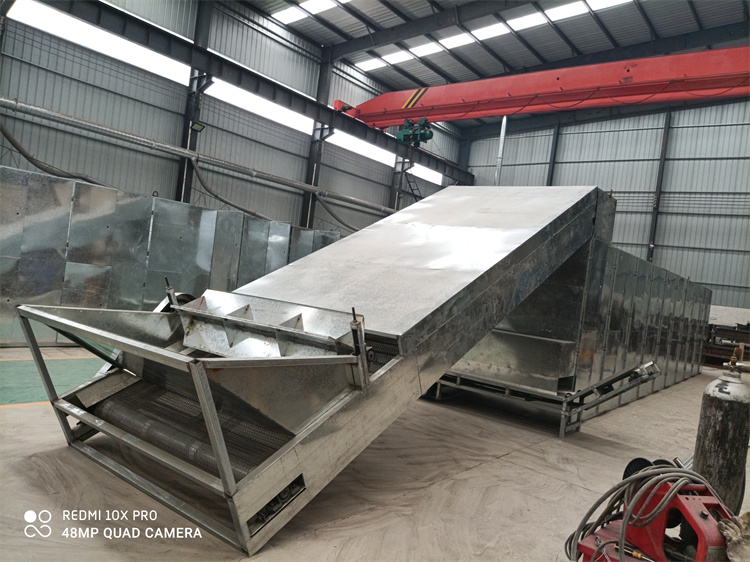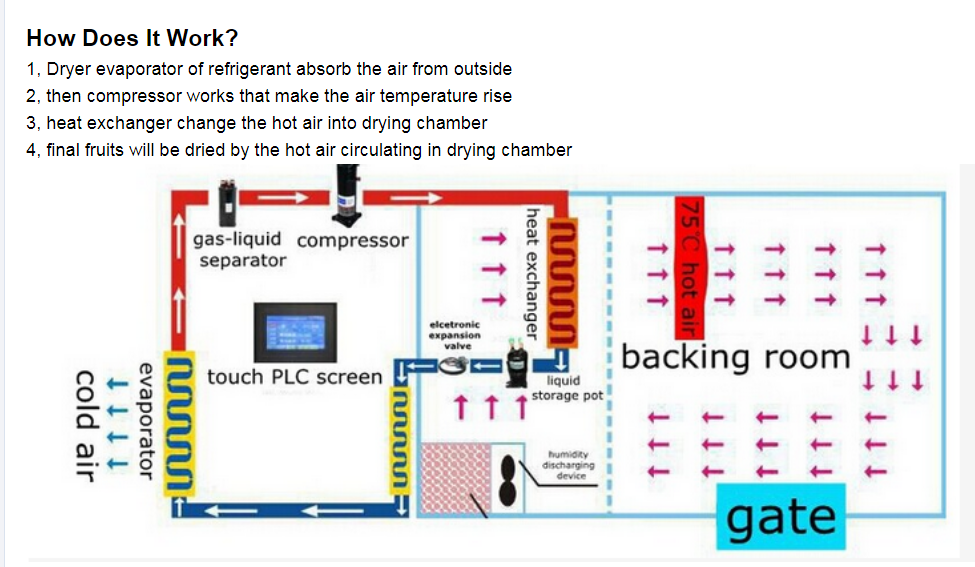Table of Contents
Maximizing Nutrition Retention: Tips for Dehydrating Vegetables
In the pursuit of maximizing nutrition retention, dehydrating vegetables emerges as a powerful technique. By removing moisture while preserving essential nutrients, dehydrators offer a convenient solution to prolonging the shelf life of vegetables without compromising their nutritional value. Choosing a good vegetable dehydrator becomes paramount in this endeavor, as it directly influences the quality of the end product. When selecting a vegetable dehydrator, several factors warrant consideration. First and foremost is the method of dehydration employed by the device. Opting for dehydrators that utilize low temperatures helps preserve the delicate enzymes and nutrients present in vegetables. This gentle drying process minimizes nutrient loss, ensuring that the dehydrated vegetables retain their nutritional potency. Moreover, the design and size of the dehydrator play a crucial role in its effectiveness. A good vegetable dehydrator should offer ample space for airflow, facilitating even drying throughout the dehydration process. Additionally, adjustable trays or shelves allow for customization based on the quantity and size of vegetables being dried, maximizing efficiency and yield. Temperature control is another vital feature to look for in a vegetable dehydrator. The ability to regulate the temperature ensures that vegetables are dried at an optimal level, preserving their nutritional integrity. Different vegetables may require varying drying temperatures, and having precise control over this parameter prevents overheating, which can lead to nutrient degradation. Furthermore, considering the ease of cleaning and maintenance is essential when choosing a vegetable dehydrator. Removable trays or mesh screens simplify the cleaning process, allowing for thorough sanitation after each use. This not only promotes food safety but also extends the longevity of the dehydrator, ensuring consistent performance over time.
Incorporating transitional phrases, it’s evident that investing in a high-quality vegetable dehydrator yields numerous benefits. Not only does it preserve the nutritional content of vegetables, but it also offers convenience and versatility in food preservation.
Once equipped with a suitable dehydrator, employing proper techniques is paramount to maximize nutrition retention during the dehydration process. Begin by selecting fresh, high-quality vegetables free from blemishes or signs of decay. Thoroughly wash and prepare the vegetables before slicing them into uniform pieces to ensure even drying.
Spread the vegetable slices in a single layer on the dehydrator trays, ensuring proper airflow between each piece. Avoid overcrowding, as this can impede the drying process and result in uneven dehydration. Additionally, periodically rotate the trays during drying to promote uniformity and prevent sticking.
As the vegetables undergo dehydration, monitor the progress closely and adjust the temperature as needed to maintain optimal drying conditions. Depending on the type and moisture content of the vegetables, the drying time may vary. Patience is key, as rushing the process can compromise the nutritional quality of the end product.
Once the vegetables are thoroughly dehydrated, allow them to cool completely before storing them in airtight containers. Properly stored dehydrated vegetables can last for several months, providing a convenient and nutritious addition to meals year-round.
In conclusion, maximizing nutrition retention through vegetable dehydration is achievable with the right equipment and techniques. Investing in a good vegetable dehydrator that prioritizes gentle drying, temperature control, and ease of use sets the foundation for preserving the nutritional integrity of vegetables. By following proper preparation and dehydration methods, individuals can enjoy the benefits of nutrient-rich dehydrated vegetables long after harvest season has passed.
Furthermore, considering the ease of cleaning and maintenance is essential when choosing a vegetable dehydrator. Removable trays or mesh screens simplify the cleaning process, allowing for thorough sanitation after each use. This not only promotes food safety but also extends the longevity of the dehydrator, ensuring consistent performance over time.
Incorporating transitional phrases, it’s evident that investing in a high-quality vegetable dehydrator yields numerous benefits. Not only does it preserve the nutritional content of vegetables, but it also offers convenience and versatility in food preservation.
Once equipped with a suitable dehydrator, employing proper techniques is paramount to maximize nutrition retention during the dehydration process. Begin by selecting fresh, high-quality vegetables free from blemishes or signs of decay. Thoroughly wash and prepare the vegetables before slicing them into uniform pieces to ensure even drying.
Spread the vegetable slices in a single layer on the dehydrator trays, ensuring proper airflow between each piece. Avoid overcrowding, as this can impede the drying process and result in uneven dehydration. Additionally, periodically rotate the trays during drying to promote uniformity and prevent sticking.
As the vegetables undergo dehydration, monitor the progress closely and adjust the temperature as needed to maintain optimal drying conditions. Depending on the type and moisture content of the vegetables, the drying time may vary. Patience is key, as rushing the process can compromise the nutritional quality of the end product.
Once the vegetables are thoroughly dehydrated, allow them to cool completely before storing them in airtight containers. Properly stored dehydrated vegetables can last for several months, providing a convenient and nutritious addition to meals year-round.
In conclusion, maximizing nutrition retention through vegetable dehydration is achievable with the right equipment and techniques. Investing in a good vegetable dehydrator that prioritizes gentle drying, temperature control, and ease of use sets the foundation for preserving the nutritional integrity of vegetables. By following proper preparation and dehydration methods, individuals can enjoy the benefits of nutrient-rich dehydrated vegetables long after harvest season has passed.Top 10 Features to Look for in a Quality Vegetable Dehydrator
In the world of food preservation, a good vegetable dehydrator can be an indispensable tool. Whether you’re an avid gardener looking to preserve your harvest or someone who wants to take advantage of seasonal produce, investing in a quality vegetable dehydrator is a wise decision. But with so many options available on the market, how do you know which one to choose? To help you make an informed decision, we’ve compiled a list of the top 10 features to look for in a quality vegetable dehydrator. First and foremost, consider the size and capacity of the dehydrator. Depending on your needs, you may require a smaller dehydrator for personal use or a larger one for preserving larger quantities of vegetables. Look for a dehydrator with adjustable trays or expandable options to accommodate varying amounts of produce. Another crucial feature to consider is the heating element and airflow system. Opt for a dehydrator with even heat distribution to ensure that all your vegetables dry uniformly. A powerful fan and efficient airflow system will help prevent moisture buildup and reduce drying time, resulting in better-quality dehydrated vegetables. Temperature control is also essential when choosing a vegetable dehydrator. Different vegetables require different drying temperatures to preserve their flavor, color, and nutrients effectively. Look for a dehydrator with adjustable temperature settings to accommodate a wide range of produce and allow for precise drying control. Durability and build quality are crucial factors in ensuring the longevity of your vegetable dehydrator. Look for models made from high-quality materials such as stainless steel or BPA-free plastic that can withstand frequent use and last for years to come. A sturdy construction will also prevent warping or cracking, even when drying large batches of vegetables.
Energy efficiency is another consideration when choosing a vegetable dehydrator. Look for models with energy-saving features such as auto-shutoff timers or low-wattage operation to reduce electricity consumption and lower your utility bills. A more efficient dehydrator will also have a smaller environmental footprint, making it a more sustainable choice.
Versatility is key when it comes to getting the most out of your vegetable dehydrator. Look for models that offer additional features such as adjustable drying racks, fruit leather trays, or jerky-making attachments to expand its functionality beyond just drying vegetables. A versatile dehydrator will allow you to experiment with different recipes and techniques, adding variety to your preserved foods.
Durability and build quality are crucial factors in ensuring the longevity of your vegetable dehydrator. Look for models made from high-quality materials such as stainless steel or BPA-free plastic that can withstand frequent use and last for years to come. A sturdy construction will also prevent warping or cracking, even when drying large batches of vegetables.
Energy efficiency is another consideration when choosing a vegetable dehydrator. Look for models with energy-saving features such as auto-shutoff timers or low-wattage operation to reduce electricity consumption and lower your utility bills. A more efficient dehydrator will also have a smaller environmental footprint, making it a more sustainable choice.
Versatility is key when it comes to getting the most out of your vegetable dehydrator. Look for models that offer additional features such as adjustable drying racks, fruit leather trays, or jerky-making attachments to expand its functionality beyond just drying vegetables. A versatile dehydrator will allow you to experiment with different recipes and techniques, adding variety to your preserved foods.
 Noise level may be a concern, especially if you plan to use your vegetable dehydrator in a shared living space. Look for models with quiet operation to minimize disruption to your daily activities. A quieter dehydrator will also be more pleasant to use for extended periods, making the drying process more enjoyable.
Noise level may be a concern, especially if you plan to use your vegetable dehydrator in a shared living space. Look for models with quiet operation to minimize disruption to your daily activities. A quieter dehydrator will also be more pleasant to use for extended periods, making the drying process more enjoyable.
 Price is, of course, a significant factor to consider when purchasing a vegetable dehydrator. While it’s essential to stay within your budget, remember that investing in a quality dehydrator upfront can save you money in the long run by preserving your vegetables more effectively and reducing food waste. Compare prices and features to find the best value for your money without compromising on quality.
In conclusion, choosing a quality vegetable dehydrator involves considering a variety of factors, from size and capacity to temperature control and energy efficiency. By keeping these top 10 features in mind, you can select a dehydrator that meets your needs and allows you to enjoy delicious, nutritious dried vegetables year-round.
Price is, of course, a significant factor to consider when purchasing a vegetable dehydrator. While it’s essential to stay within your budget, remember that investing in a quality dehydrator upfront can save you money in the long run by preserving your vegetables more effectively and reducing food waste. Compare prices and features to find the best value for your money without compromising on quality.
In conclusion, choosing a quality vegetable dehydrator involves considering a variety of factors, from size and capacity to temperature control and energy efficiency. By keeping these top 10 features in mind, you can select a dehydrator that meets your needs and allows you to enjoy delicious, nutritious dried vegetables year-round.